Di-LOG & PE Magazine CPD
Safe Isolation
David Sweetman, Marketing & Business Development Director at Di-LOG, discusses the importance of safe isolation, Lockout and Tagout.
Every electrician with experience working on a busy site knows how it feels to take responsibility for the other tradesmen around them. When you are dealing with live electricity there’s no room for calculated risks and educated guesses. The only way you can ensure your and your colleagues’ safety is by adopting adequate isolation procedures.
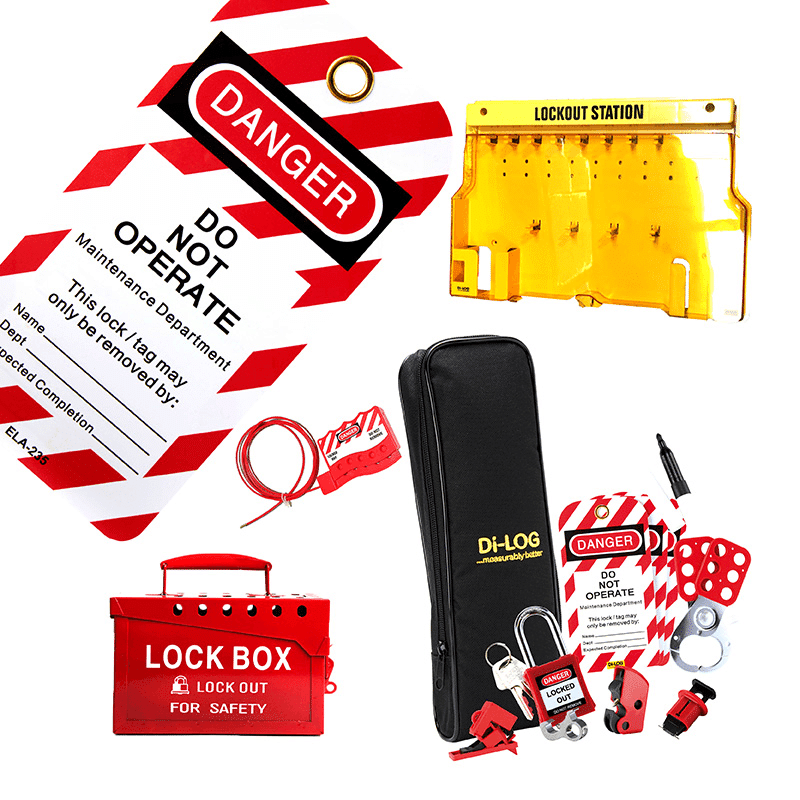
The “Safe Isolation Procedure” as outlined by the HSE and the Electricity at Work Regulations 1989 states:
“Adequate precautions shall be taken to prevent electrical equipment, which has been made dead in order to prevent danger while work is carried out on or near that equipment, from becoming electrically charged during that work if danger may thereby arise. “
Electricity at work Regulations 1989
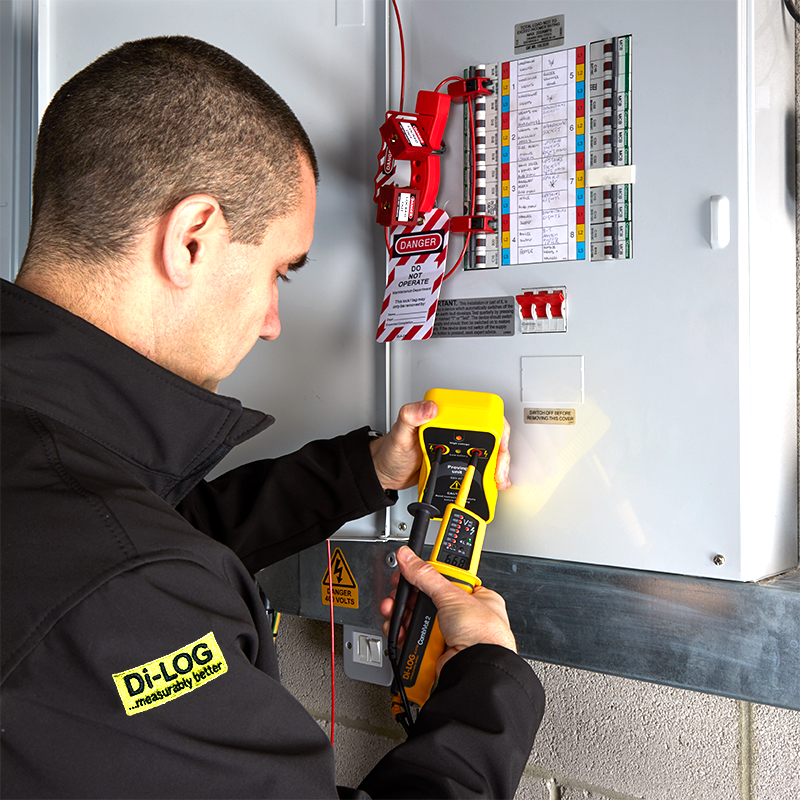
Isolate Safely
This establishes a clear requirement to ensure that conductors and equipment may not be inadvertently energised.
In other words, safe isolation.
In practice, this means not only cutting off the supply but also ensuring the method of disconnection is secured in the OFF position and a caution notice or label is posted at the point of disconnection.

According to the Reporting of Injuries, Diseases and Dangerous Occurrences Regulations (RIDDOR) and although it is difficult to know how many of the following statistics were caused by inadequate safe isolation, in the five years between 2017 and 2022, there were; 531 non-fatal incidents and 24 fatalities reported to the HSE which were caused by contact with electricity. The number of fatalities did drop dramatically during 2019 and 2020 due to Covid-19, however, this does translate that you have roughly a 1 in 22 chance of being fatally injured if you are involved in an electrical incident in the UK. To put this into a little more perspective, this is a dramatic difference compared to the 1 in 500 from other causes.
As well as electric shock, other electrically related injuries arise from burns, arcing and fires. Many of the injuries can take a long while to heal and often result in life-changing conditions.
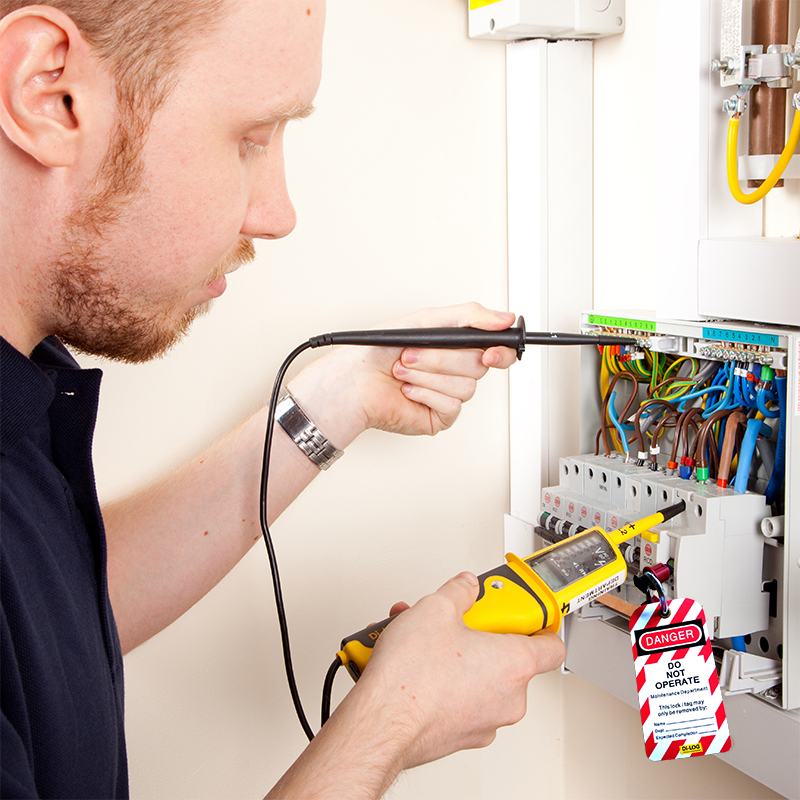
Safe Isolation procedures
With the 18th Edition AM2 now in full effect, Safe Isolation is continuing to be enforced across the industry, especially by bodies such as the NICEIC and NAPIT. Although nothing has changed in the way of the testing requirement on installation test equipment, safe isolation is critical for the safety of yourself and the others around you.
The preferred method is to isolate equipment or circuits using the main switch or distribution board switch disconnector. The method of isolation should be locked off using a unique key, retained by the person carrying out the work, and a caution notice posted at the point of isolation.
Where more than one operative is working on a circuit, a multi-lock hasp can be used to prevent the operation of the main isolator until such time as all persons working on the installation have completed their work and removed their padlocks from the hasp.
”The practice of placing insulating tape over a circuit breaker is not an adequate or acceptable means of securing the device in the OFF position.”
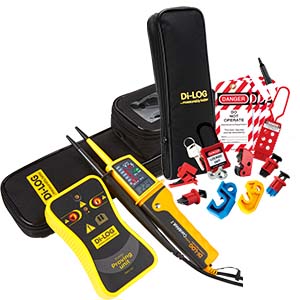
Proving dead isolated equipment or circuits.
Following the isolation of equipment or circuits and before starting work, it should be proved that the area you are about to work on is in fact dead. The recommended method for doing this is by use of a test lamp or a two-pole tester (as recommended in HSE Guidance Note 38).
The test lamp or voltage detector should be proven to be working on a known live source or a proprietary proving unit. All line, neutral, and protective conductors should be tested to prove they are dead.
Electricians who regularly work on installations that have been energised should be equipped with devices for proving that conductors are dead. Di-LOG’s latest range of safety equipment for working on LV Electrical Equipment includes an array of Lockout Kits, ranging from a simple single MCB ‘Personal Lockout Kit’ for isolation of individual circuits to the industrial ‘Expert Lockout Kit’ with mostly fully insulated lockout devices for virtually all individual and main sources of energisation.
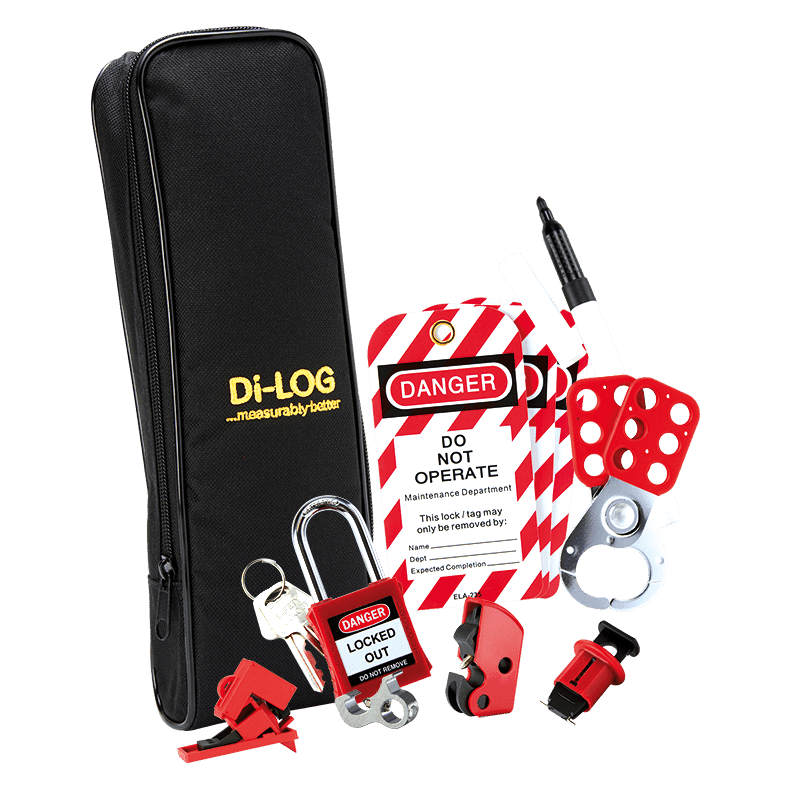
Lockout Tagout (LOTO)
The Di-LOG’s range of ‘Lockout Kits’ are designed with safety, versatility and affordability in mind. With the entry-level DLLOC1 – Personal Lockout Kit, you get a 38mm steel padlock, a universal MCB lock, a standard ‘Pins-out’ MCB Lock and a Warning Tag.
The higher the level of the kit the more features are included. By adding items such as multiple isolation lockout hasps the kits enable multiple persons to work on the same circuit, with the ability to hold up to six lockout padlocks.
The DLLOC3 – Professional and DLLOC4 – Expert kits provide more scope to safely isolate a broader range of MCBs and Main switches. Items such as the larger universal MCB lockout device, large main switch lockout device, a fully insulated padlock and hasp, ensure all commercial and industrial applications are covered.
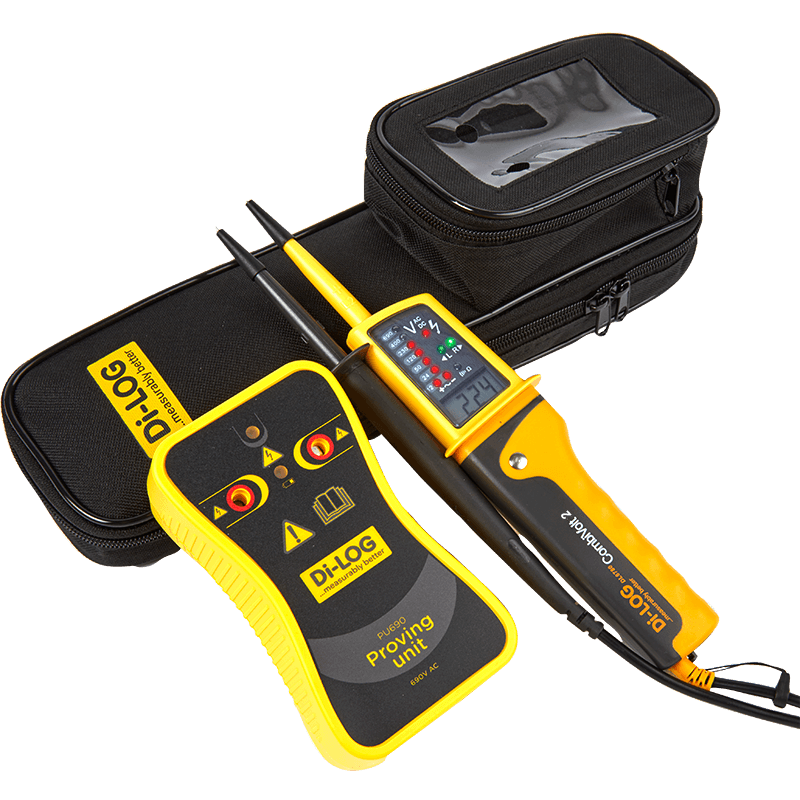
DLPK6700 Series Safe Isolation Kits
- DLPK6780 – CombiVolt™ 1 LED Voltage Indicator Proving Unit Kit
- DLPK6790 – CombiVolt™ 2 Digital Voltage Indicator Proving Unit Kit
The DLPK6700 Series Voltage Indicator Proving Unit Kits incorporate the PU690 voltage indicator proving unit. The 690V proving unit enables you to prove the voltage operation of your 2-pole voltage indicator, confirming that the instrument is fully functioning simply and effectively before and after verification.
The PU690 has been developed with safety in mind, along with size, reliability and a CAT II rating of 750V. The device’s ergonomically formed housing has been designed to fit comfortably in the palm of your hand whilst providing clearly identifiable inputs to safely prove your voltage indicator.
The DLPK6700 Series kits also include the winning CAT IV rated CombiVolt™ series of voltage indicators that are fully compliant with GS38, BS 61243-3:2014 and are fully operational to 690V AC/DC, even when the batteries are discharged. The Di-LOG DLPK6700 series kits come packaged in our bespoke carry pouch fitted with a durable carrying strap and belt loop making them compact, lightweight, and ergonomically designed.
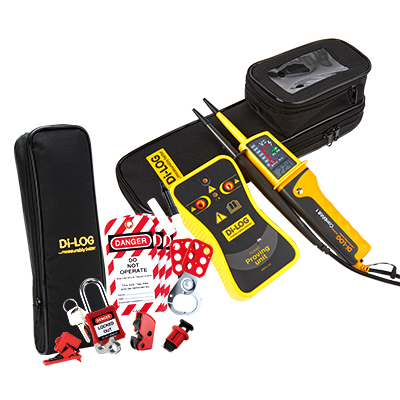
Safe Isolation Kits 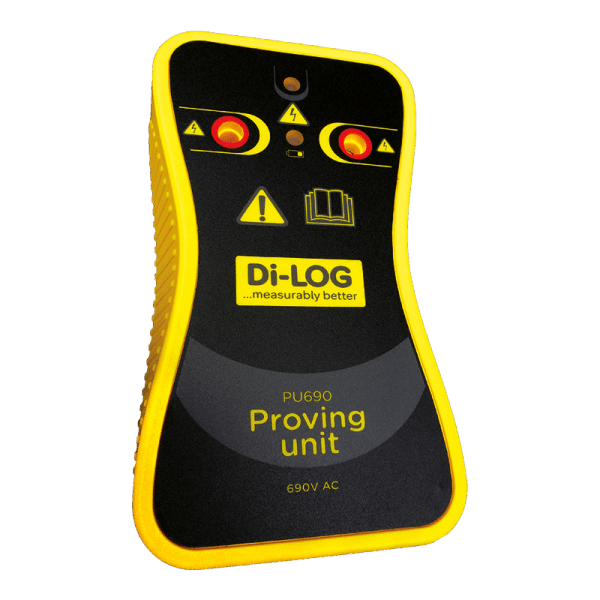
690V Proving Unit
So, in conclusion, are you keeping yourself and others around you safe whilst you maintain LV energy systems? You are? Then that is great to hear. If you are not, then please make contact with us where our national sales team have all the tools to help and guide you in making your working environment a safer place for you, your colleagues and others around you.

Get your CPD Credit
Read the full CPD January edition of Professional Electrician magazine to earn your CPD credit
We’re incredibly proud to be able to say that we’ve won this award for the THIRD YEAR in a row, which is an incredible testimony to our commitment to electrical safety.
As voted by the readers and supporters of EW Magazine


The entire team at Di-LOG Test Equipment were very honoured to have been presented with the best Electrical Wholesale Award for Best Safety & Security Brand, for another year running, making it three consecutive wins in a row! Receiving this award for our Safe Isolation, Lockout & Tagout range is a massive testament to our commitment and dedication to help make our Electrical Industry a safer place to work.
Click here to see our complete Safe Isolation Range
Di-Log Test Equipment
28 Wheel Forge Way, Trafford Park, Manchester, M17 1EHSales
Tel. 0161 877 0322Fax. 0161 877 1614
sales@dilog.co.uk
Administration
Tel. 0161 877 0322Fax. 0161 877 1614
Service Support Team
Call now on 0161 877 0322Email now on support@dilog.co.uk
